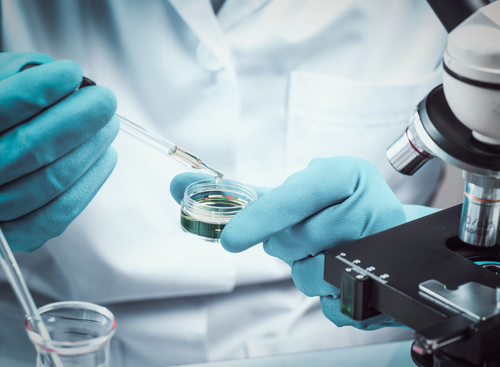Protein That Regulates Calcium Could Become Target for PAH Therapy, Study Reports

University of Edinburgh researchers identifying a protein that could become a target for treating pulmonary arterial hypertension, or PAH.
They discovered that the two-pore segment channel 2 protein, or TPC2, in pulmonary artery muscle cells regulates signals triggered by calcium that are important to controlling muscle cell contractions.
The finding offers new insight into the mechanisms involved in PAH. And it may open the door to more efficient, targeted therapies for the life-threatening disease, the Scottish team said.
Their study in the journal Science Signaling is titled “mTORC1 controls lysosomal Ca2+ release through the two-pore channel TPC2.” The research was supported by the British Heart Foundation.
“Although this research is in early stages, it is always encouraging to see new targets emerge that could help develop treatments for conditions that blight the lives of thousands of people and their families,” Abigail Woodfin, PhD, a senior research advisor at the foundation, said in a press release.
PAH is characterized by increased pressure in the blood vessels that connect the heart and lungs. This can lead to reduced breathing capacity and levels of oxygen, and ultimately to heart failure. Current therapies are designed to help blood vessels relax or enhance blood flow.
The team found TPC2 in muscle cells collected from the lung arteries of mice and in cells they used in laboratory experiments. More importantly, the discovered that the protein controlled calcium signals that are required for muscle cells’ normal functioning, including contraction.
Another finding was that two commonly used PAH drugs lowered TPC2 activity and promoted calcium signaling in these cells. The two were nifedipine, a blood-vessel-widening drug sold as Adalat and under other brand names, and rapamycin, a drug that prevents blood vessel remodeling.
Scientists may be able to use the two therapies as templates to develop TPC2-targeted drugs that are better PAH treatments, the team said.
“Our research suggests that drugs already used to treat PAH, like nifedipine and rapamycin, could be made much, much better by exploiting our discovery that they interact with the TPC2 channel,” said Mark Evans, PhD, a professor at the University of Edinburgh who was the senior author of the study.
“Modulating TPC2 activity could be a promising therapeutic strategy for pulmonary hypertension, which currently lacks effective treatments,” the researchers concluded.







